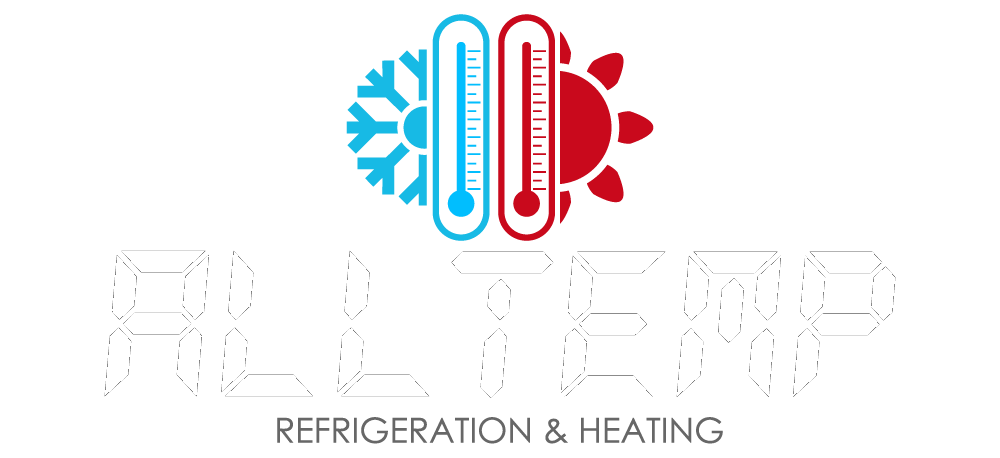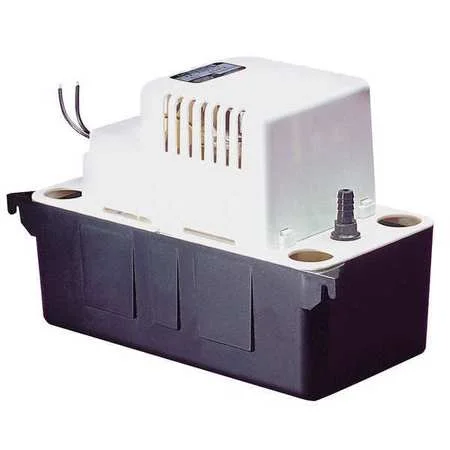Unless you have a geothermal or radiant heating system, you probably have what is known as a forced air heating system. Forced air heating is the type of system found in most homes, whether it's natural gas, electric, or a heat pump.
Forced heating systems rely on a furnace to heat the air, which is drawn through the filter, warmed by the furnace, and then distributed through the ductwork to the home using a blower. A heat pump will pull the air from the outside, pass it through the refrigerant lines, and then through the air handler.
This process of heating and moving air repeats until the air in the home matches the temperature set by the homeowner at the thermostat. The whole process is simple, practical, and increasingly efficient. In fact, we can be more comfortable now than at any time in history, and it’s safer than ever.
The floor is an excellent place to have heat vents. Keep them closed in summer.
Forced air heating systems require a certain amount of care. For example, the filter needs to be checked every single month and changed periodically, although not quite as often as it does in the summer, or washed if you have a reusable filter. (Make sure it’s dry before you put it back in place.) A dirty filter will allow polluted air through the system and through your home, which is especially unpleasant for people with allergies.
Your registers or vents may be in the floors or walls, and there will also be an air return vent which will allow air from your home into the system. The air return will typically not have any air flow restriction and is where the filter is usually located.
The registers need to be kept free of furniture, rugs, pet hair and debris. (As a side note, make sure that your Christmas tree isn’t on top of a heat register!) Make sure all vents are open, as well. This is a good time to vacuum dirty registers and return your ceiling fan to the clockwise position, which will force warm air (heat rises) up against the ceiling and down the walls of your home to warm the room. Do you still have the vacuum handy from cleaning the vents? Give the ceiling fan a couple of swipes with it, or use a pillowcase over each blade as a catch-me to collect the dust when you clean.
Do not allow anything to grow around the outside portion of the system. Nor should you store anything flammable in the area where the furnace is located, including paper, flammable liquids, etc.
The system should be professionally checked once a year. If you have an HVAC system, you may have had this done in the fall. If not, now is an excellent time to get the system checked by a professional.
If you need refrigeration or heating service in your Phoenix-area home, call All-Temp Refrigeration and Heating at 480-376-7548














